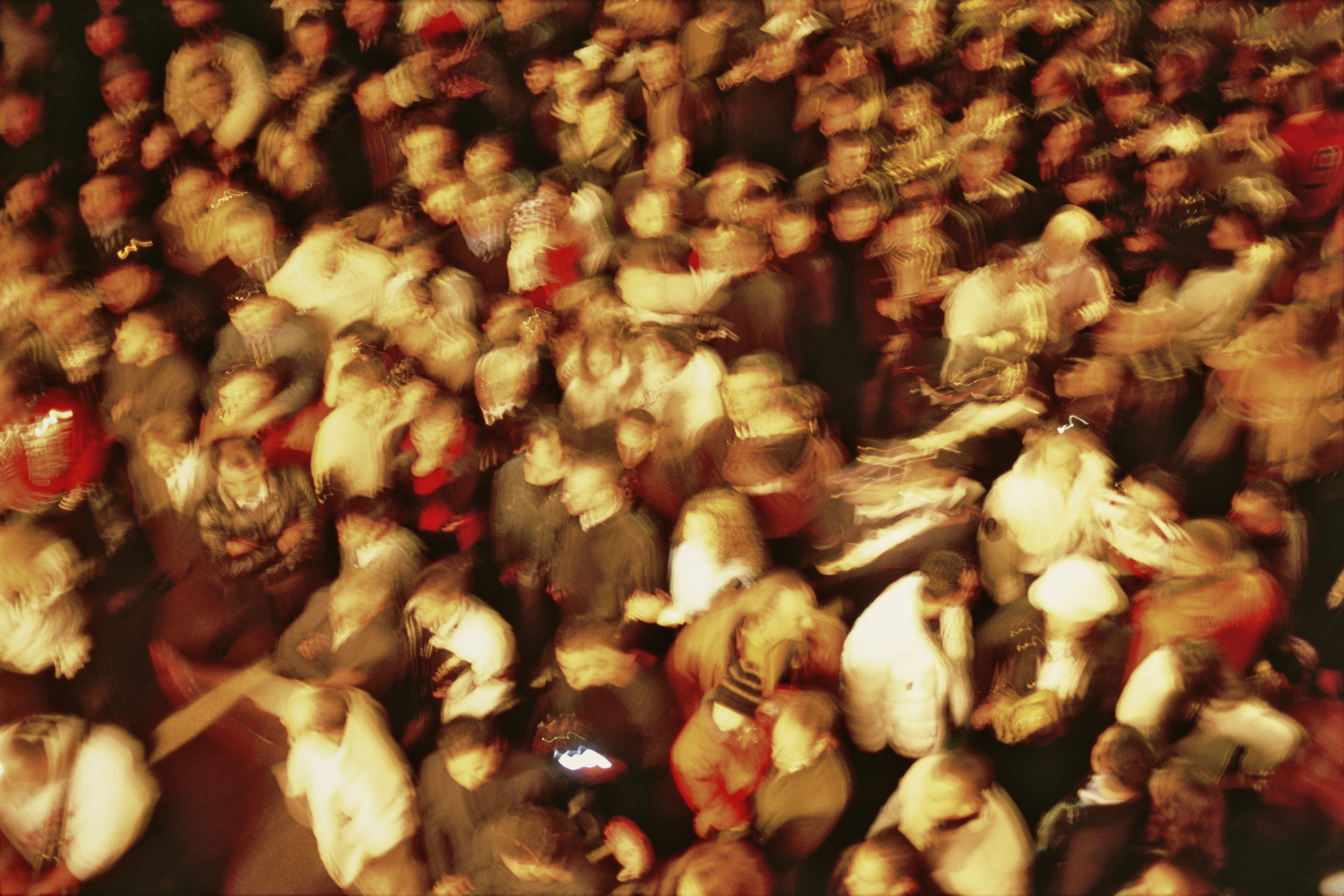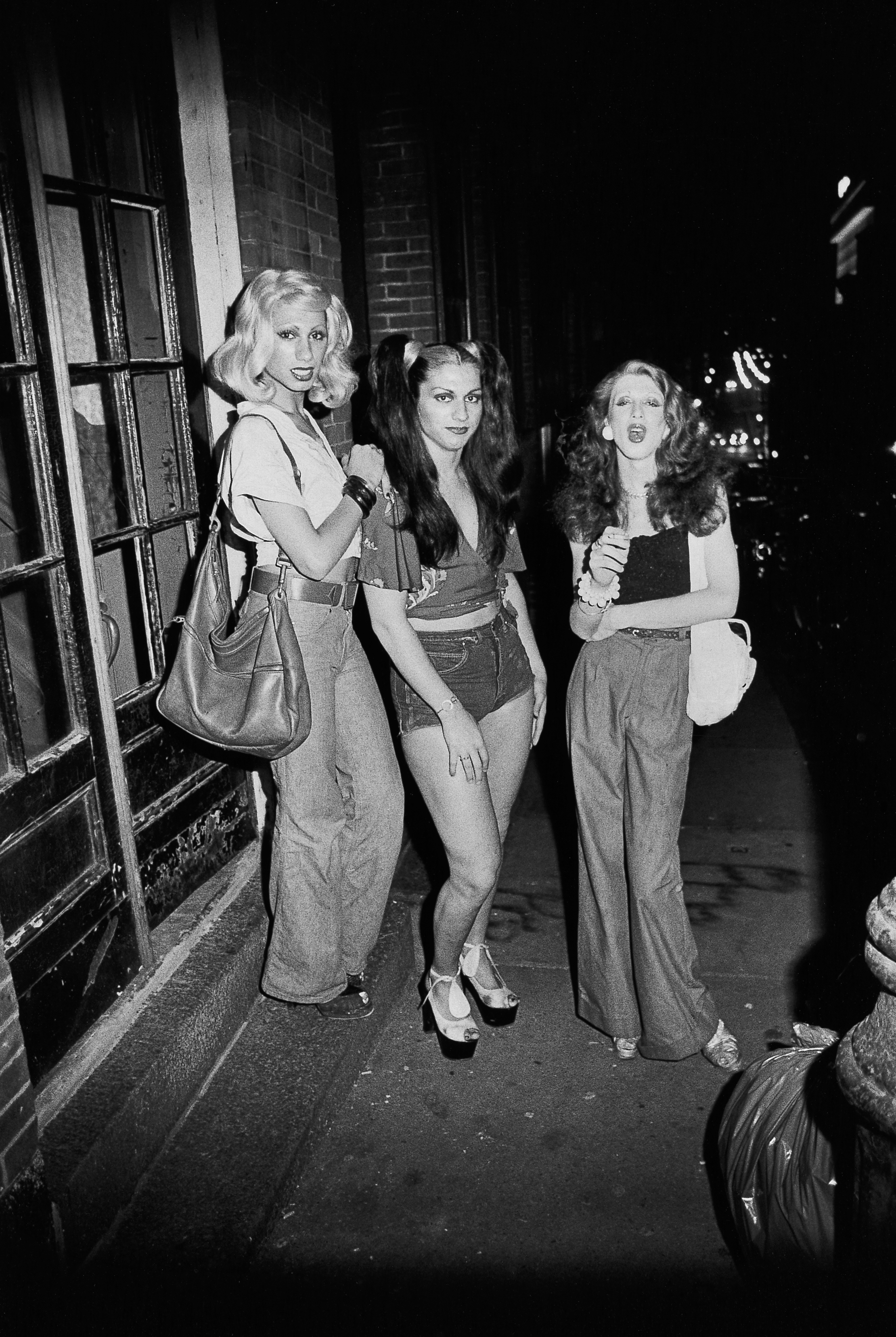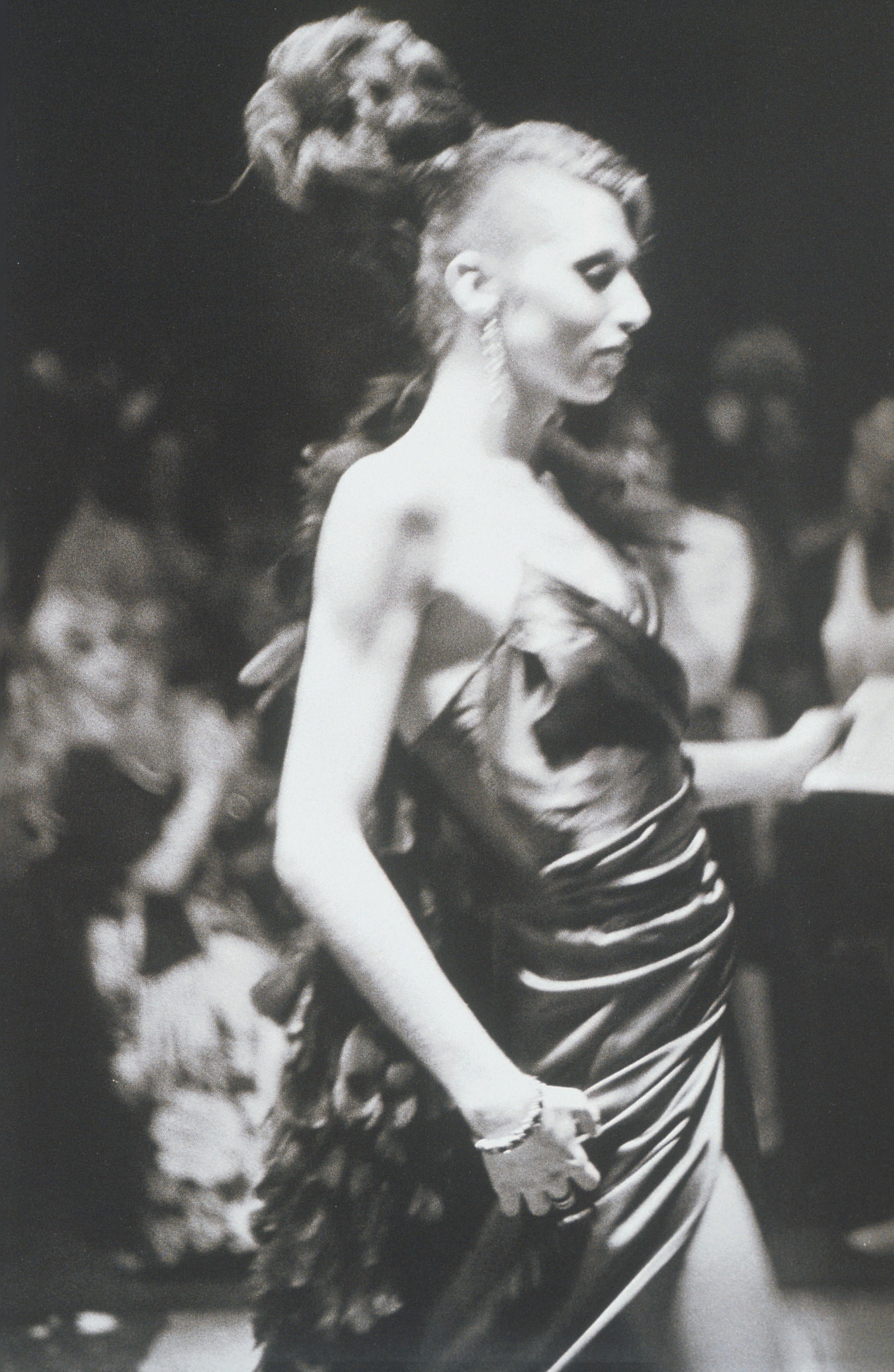REVOLUTIONARY NAN GOLDIN
Personal, Real + Intimate
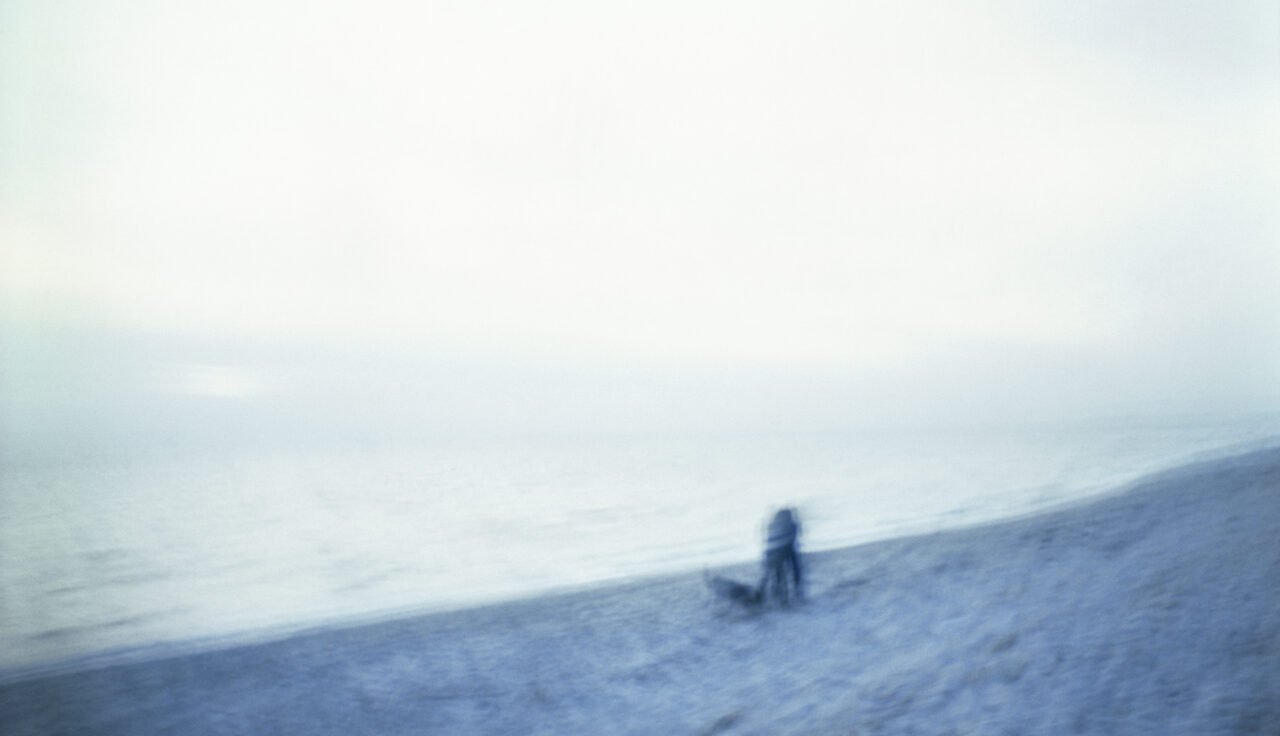
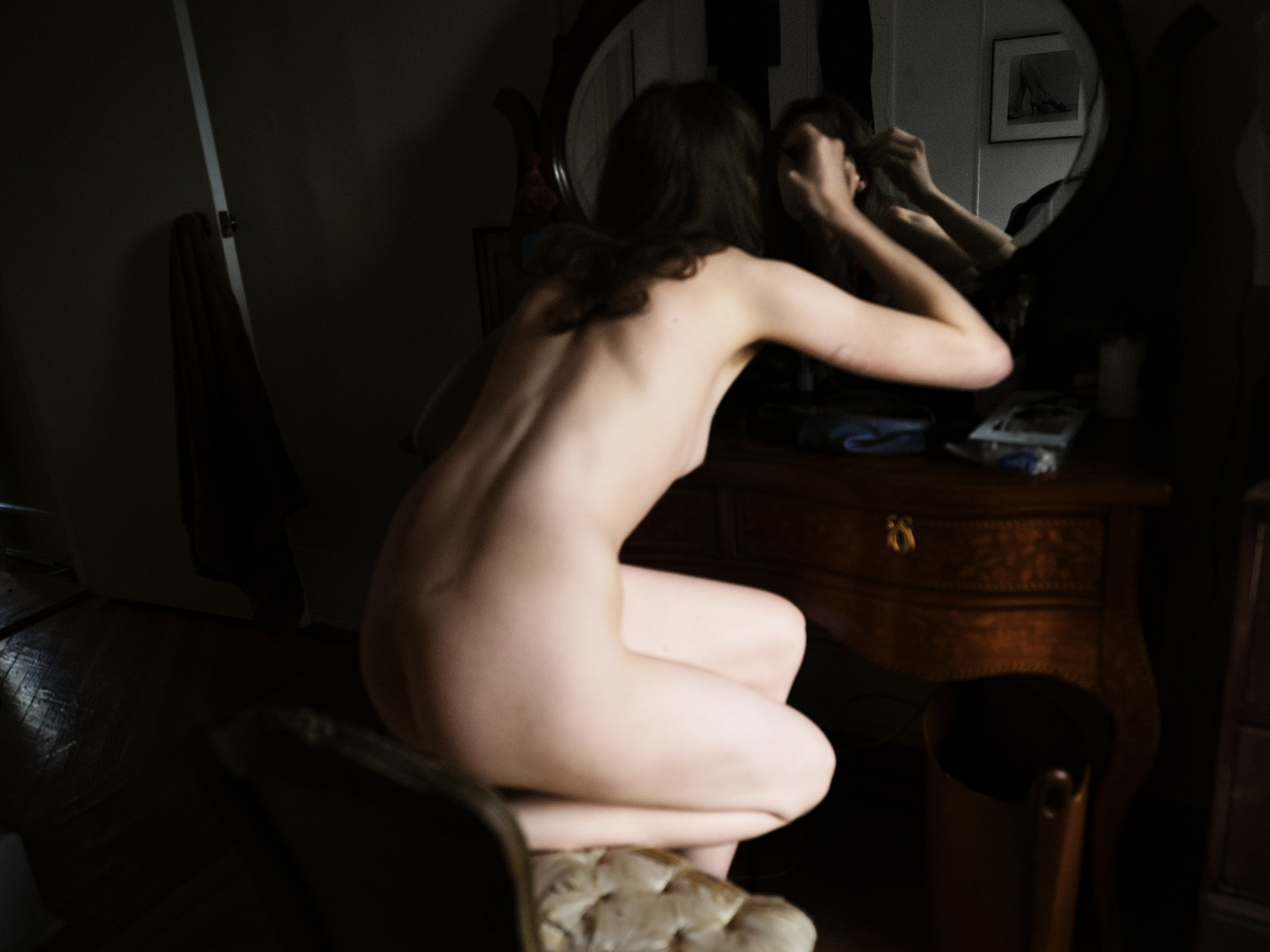
Riddled in layers of complexity and convolution, Nan Goldin’s Memory Lost is a study dedicated to many of the various facets of existence; friendship, addiction, gender euphoria, and the boundless natural world, among others. As Goldin’s first exhibition with the Marian Goodman Gallery in New York City, the ouvre features both photographic and videographic work, some of which has never before been seen. The exhibition ranges from Goldin’s more historic projects — the poised and brazen drag queens and transsexuals of years past — to the artist’s most recent body of work — images captured in the confining throes of the COVID-19 pandemic.
Although the various sections of the exhibit are only loosely correlated to one another, the work retains a few overarching elements throughout. Memory Lost itself is a digital slideshow dug up from Goldin’s expansive archives, the work tapping into videography, one of Goldin’s great loves in terms of mediums. Delving into Goldin’s own drug addiction, a span in the photographer’s life that lasted roughly 15 years in patches and phases, the slideshow traverses both the innately emotional as well as the more scientifically chemical aspect of addictions. “It was really painful to make it,” says Goldin in an interview with writer Thora Siemsen. “It’s basically about the darkness that can come with addiction. It’s about a time when the walls are closing in and memory is blacked out for many portions of those years. It’s a painful piece.”
Goldin originally met Thora Siemsen in the winter of 2019 and the two found friendship within the unpredictable time frame of the pandemic, becoming roommates as lockdown commenced in New York City. Siemsen, who also became a subject of Goldin’s, is credited with keeping the artist both sane and sober during the months of quarantine while also inspiring her to return to her camera throughout this period. In a recent interview on the exhibition, the two draw resemblances between quarantine and addiction, noting the suffocating similarities between the two.
Of the other images included throughout Memory Lost, some are fundamental “mistakes” in the creative process. They are photographs that are out of focus, blurred in movement, and peppered with sun spots. Remaining unequivocally novel, the technical errors occurred before the time in which apps were made to implement these imperfections. In other massive prints, robustly colorful skies from around the world are displayed without framed borders, just as they are in their natural settings. They are a gentle reminder of less complicated times within the intricacies of the exhibition.
Goldin inherently keeps memory alive through each of these segments of Memory Lost; in the unintentional technical errors, the vantage points of many skies, the harrowing snapshots of addiction-inflicted darkness, and images of the transgender people who have paved the way for the LGBTQ+ community, many of which have now passed away. By way of these timeless images, memory is fiercely revived and given deep and meaningful embodiment.
To learn more about this exhibition, which is on display until June 12, 2021, visit here.
